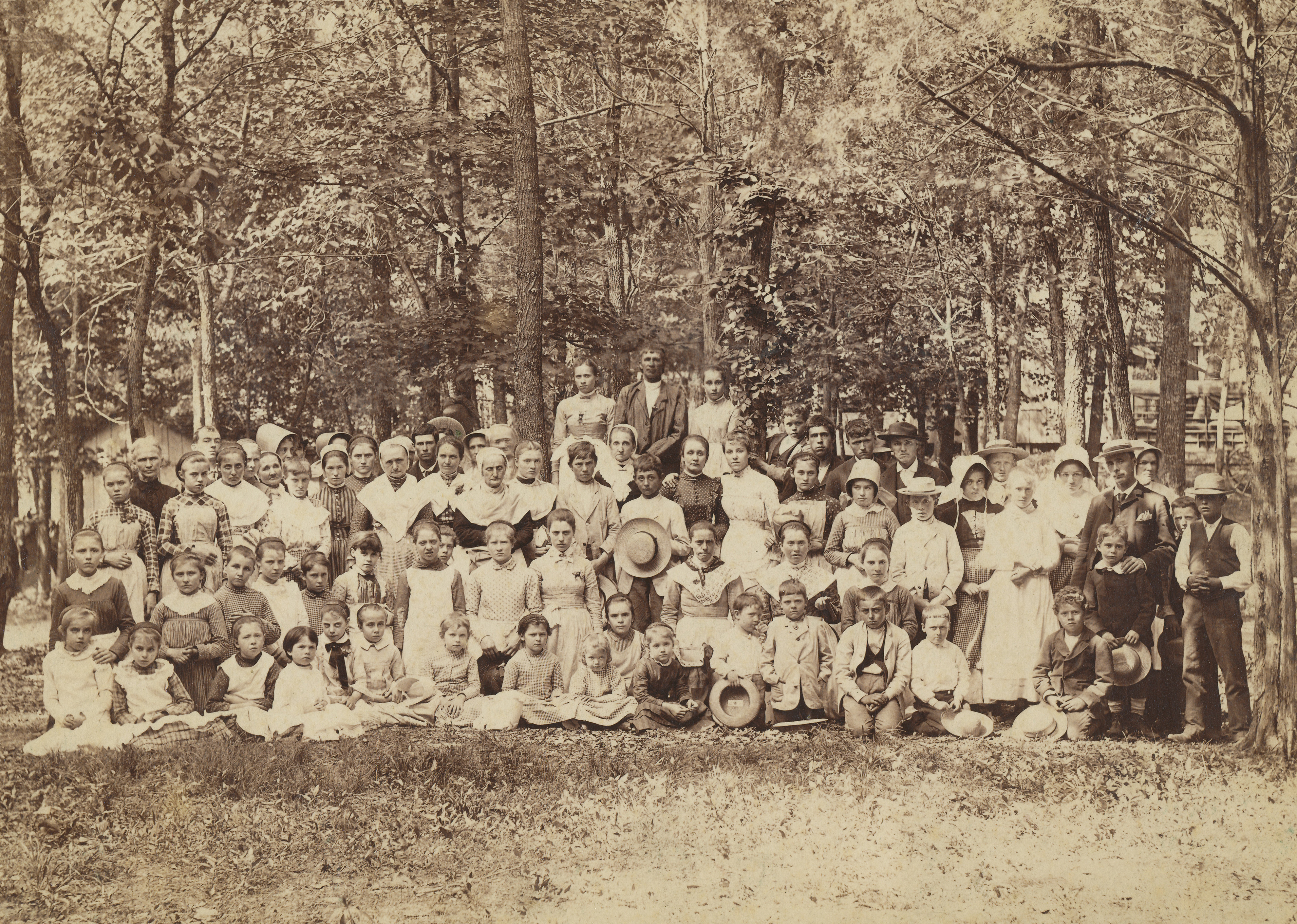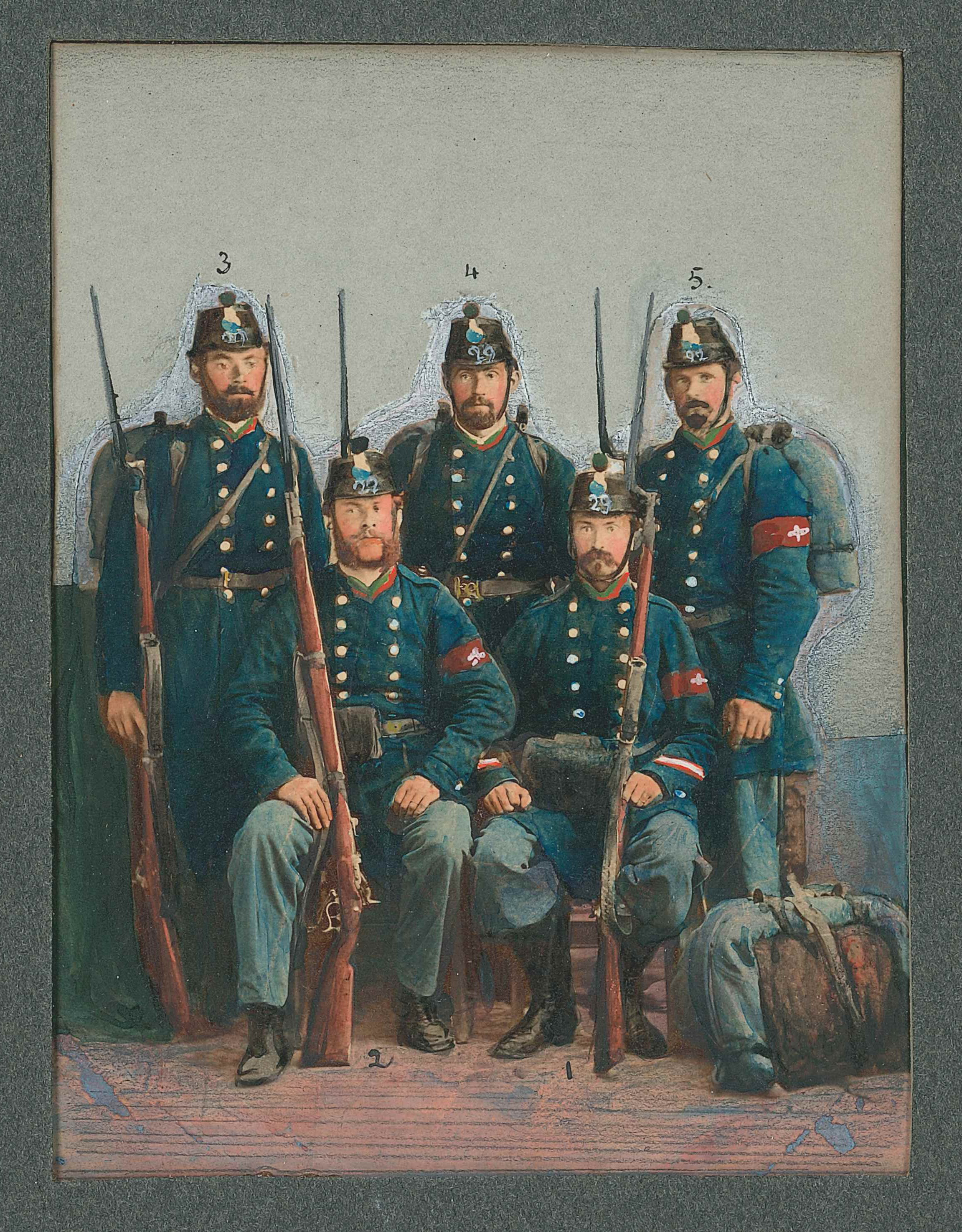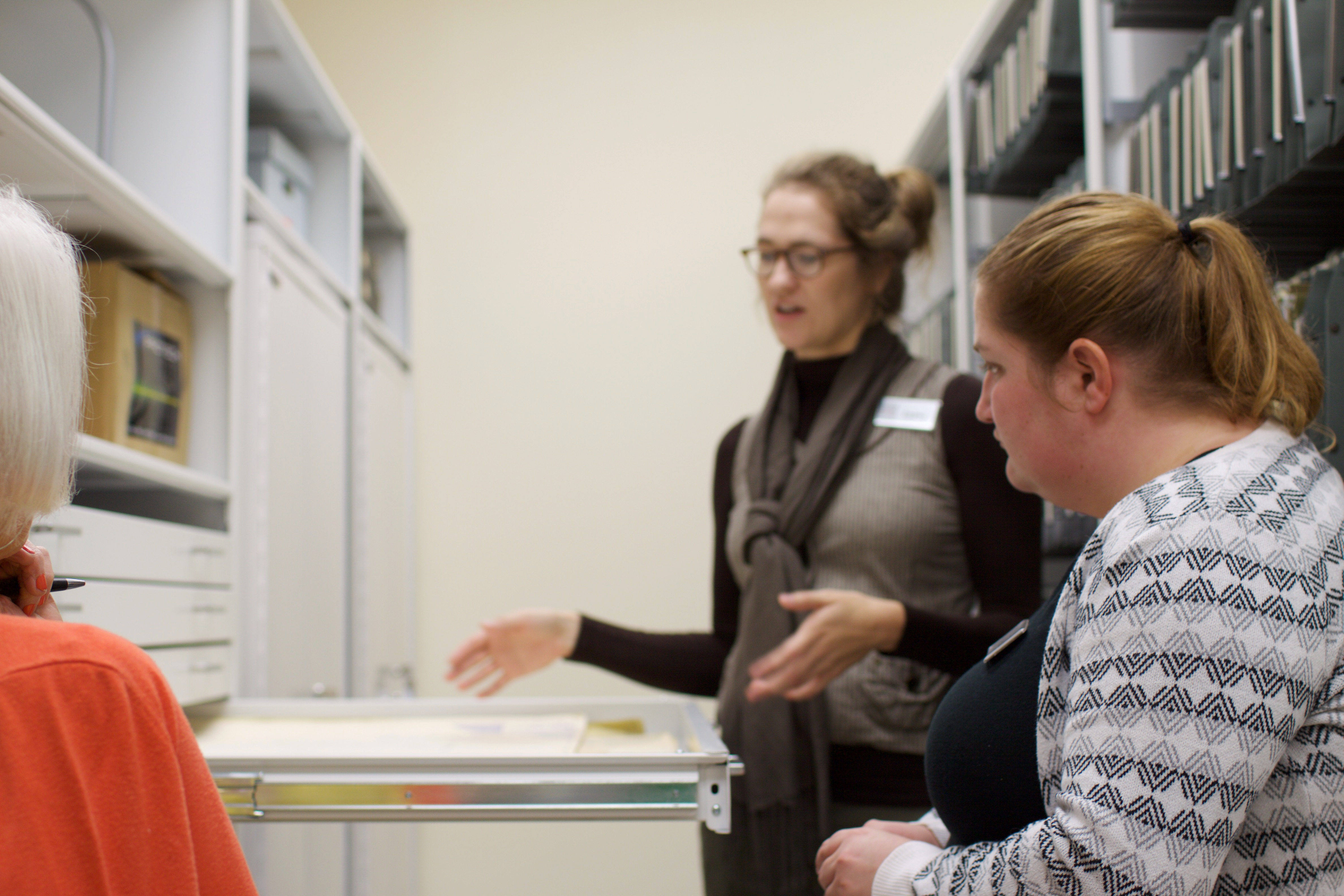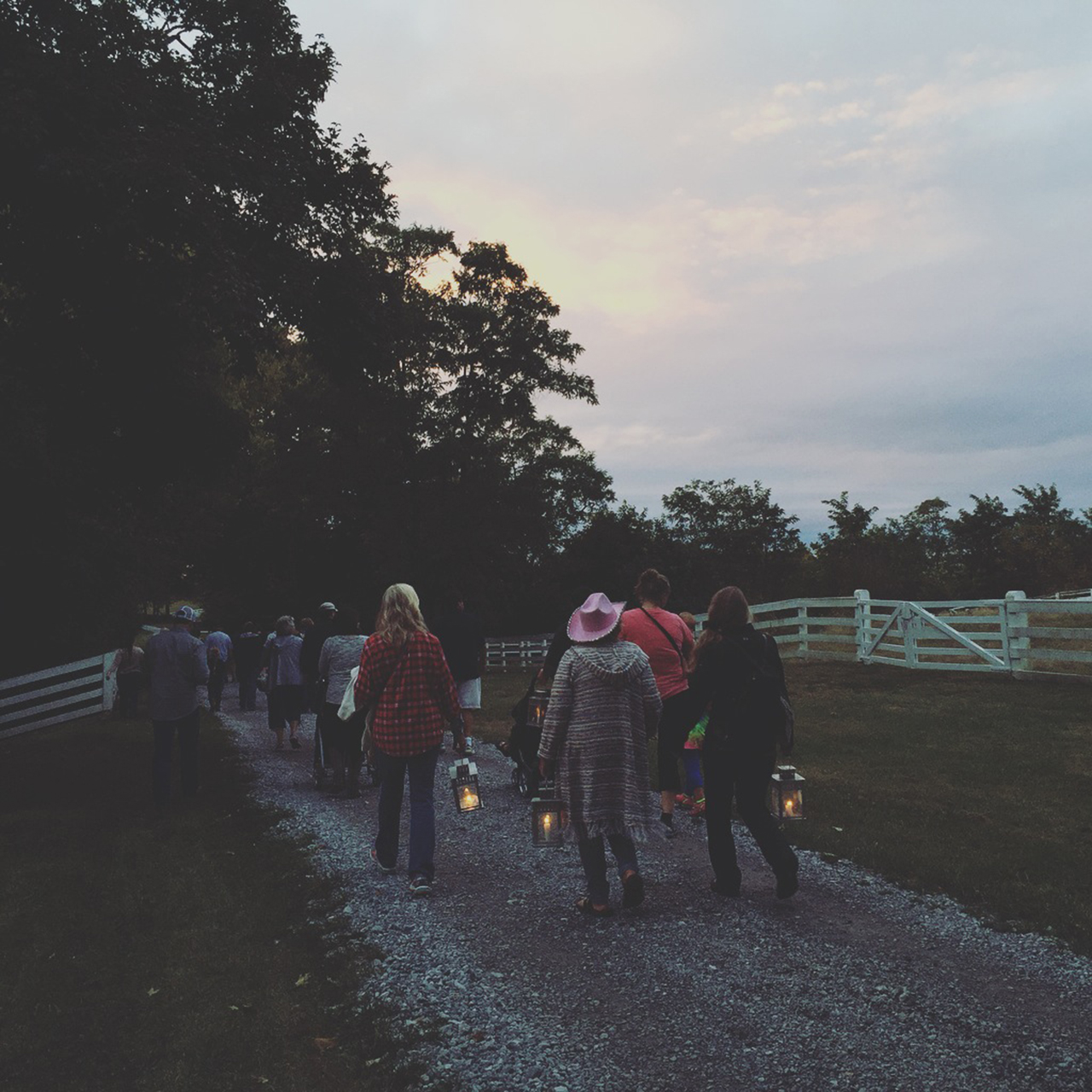
The legacy of the Pleasant Hill Shaker community has often been assessed exclusively through their material culture. However, each physical item is inseparable from the people who used these items while alive. During its century of existence as a Shaker community, more than 2,000 people called Pleasant Hill home – each with a unique background, experience, personality, set of quirks, hopes, dreams, desires and reasons for being a part of this endeavor. It’s this uniqueness that makes their accomplishments so striking. They were a completely un-relatable group of people who were all drawn for some reason to the community. And they all, in some way, helped to make history.
Meet some of the Pleasant Hill Shakers:
- Mary Settles, a single woman who arrived with two small children. Later in life, she was described as one whose “personality permeated the entire house,” as she engaged visitors on subjects ranging from Shaker theology to American politics.
- William Pennebaker arrived as an orphan who survived the death of his parents and was brought by extended family members to live with the Shakers, with whom he spent the remaining 73 years of his life! He was described as “an upright, truthful man, quiet and peaceable in his demeanor.” Yet he must have also had a big personality that clashed with others, as he was at one time engaged in a long feud that culminated in his assault by other members of the community – and resulted in the accidental wounding of one of his attackers!
- William S. Byrd was noted as a person of “honourable standing,” – he was “a descendant of the prestigious Byrd family of Virginia, distinguished for more than four generations by its wealth, prominence, and leadership in American society” (quoted in Stephen J. Stein, Letters from a Young Shaker, p.1).
- Napoleon Brown served in the Union army during the Civil War, and following the war somehow found his way to Pleasant Hill. Shortly thereafter, he was placed in the local lunatic asylum. Whatever his ailment was, he got it together, and by the end of the same year was back and contributing to the community in a meaningful manner.
- Jonah Crutcher was one of multiple African American members with a fascinating story: “Today we purchased Jonas Crutcher, a colored man, who has been a Believer about 19 years, we keeping him hired here to accommodate him for that purpose, while his owners retained him as a slave; and now to prevent them from dragging him away we have purchased him that he may enjoy the privilege of being one of the brethren on equal terms with the rest of us” (January 4, 1859). Upon his death, it was noted of this former slave that “He was much respected & beloved in the family where he resided, which was not misplaced, for he was worthy.” (September 6, 1861)
- J. R. Bryant, the picture of courage, showed great intestinal fortitude when he stared down the barrel of a Confederate soldier’s gun, and had bullets whizzing by his head during a guerilla raid on the community…(which he did to secure the safety of his brethren).
- John B. Shain, a strict vegetarian, advocated exercise and “free use of water both drinking and bathing.” He lived until the ripe old age of 92.
- Micajah Burnett was a man of superior intellect and was described as “the principal architect of this village.” He was not only an intelligent person, but also a hard worker, who at the age of 78 was going on trading trips as far away as New Orleans.
- Kitty Jane Ryan, among others, enjoyed the occasional break from a hard day of work. She reported one evening that “the Sisters went to the West Pond to see the brethren skate. We had a very amusing time, we sit in chairs and sailed over the pond like lightning, assisted by the brethren who skate…” (January 6, 1860).
- Benjamin Dunlavy, a man who wielded a pen as well as anyone, appears to have had quite the dramatic tendency – even when reporting something as straightforward as the weather: “With a mild, pleasant evening, such as we have enjoyed the past week, the thermometer at 50° at dark, the old year was gliding out almost as gentle as the balmy zephyrs of May – When Lo, & Behold! Old Boreas with his northern hordes, made a sudden dash upon the sunny South, completely surprising her principal Chief, (Mercury,) who was so shocked at the humiliating disaster, that his spirits made a sudden plunge into despondency, and continued the descent for about twelve hours, making 60 degrees at one leap, & was found 8 degrees below zero at sunrise this morning…” (January 1, 1864).
- Henry Daily, a man who might very well have been village curmudgeon: “The Centre Family…have Andrew Bloomberg a Swede for second Elder & he has a dog following him wherever he goes…This is not according to Shakerism but belong without…If we all had a dog we would all starve before spring since we have very little to live on & cannot afford a dog for each member in the Society. The dog is a perfect nuisance anyhow and them that keep them are no better certain.” (September 20, 1887)
What brought a single mother, an orphan, an aristocrat, a former soldier with mental instability, a health nut, a drama queen and a guy who didn’t like dogs together in one place? If there was a reason beyond religious conviction, we will never know for sure. But one thing is for sure about this motley crew: it isn’t exactly the kind of group you would assemble if you needed to save the world. And yet, they created and maintained their own amazing world at Pleasant Hill.
Who do you relate to most? See personalities like these and more in our Shaker Selfies exhibit on view now in Centre Family!
Aaron Genton is the collections manager. A love of history led him to study and work in the field….



